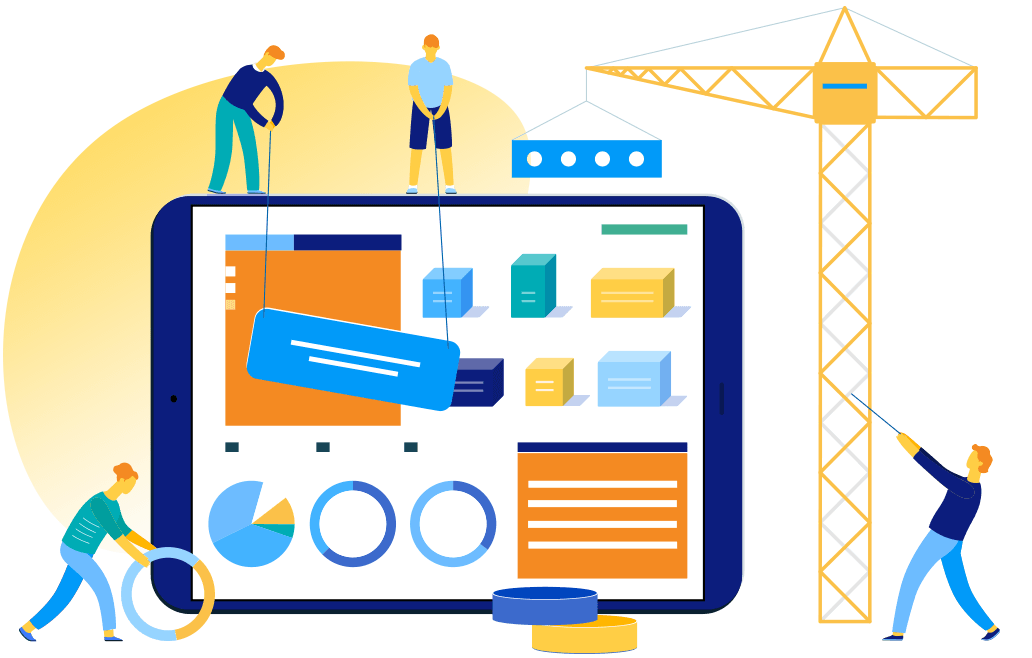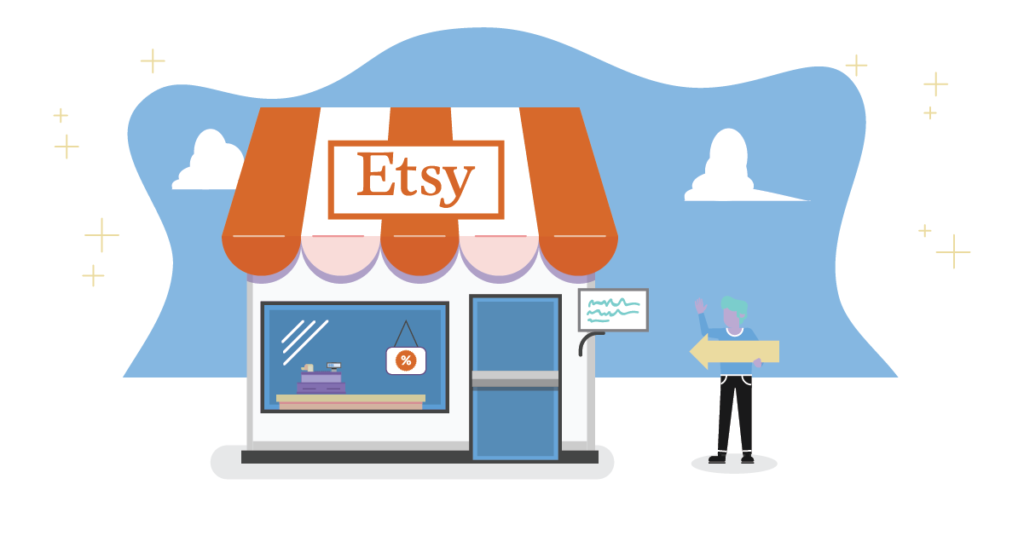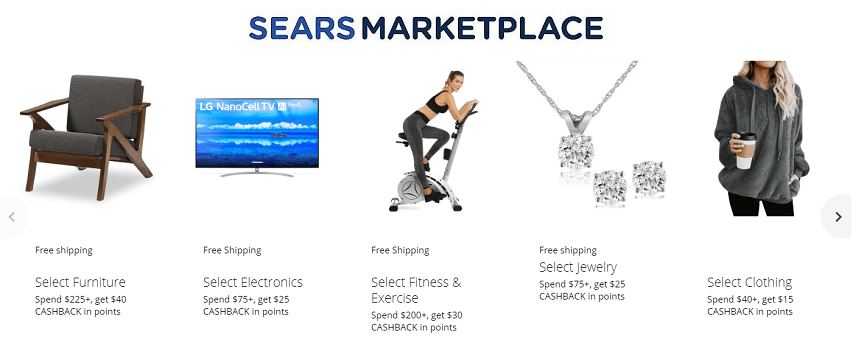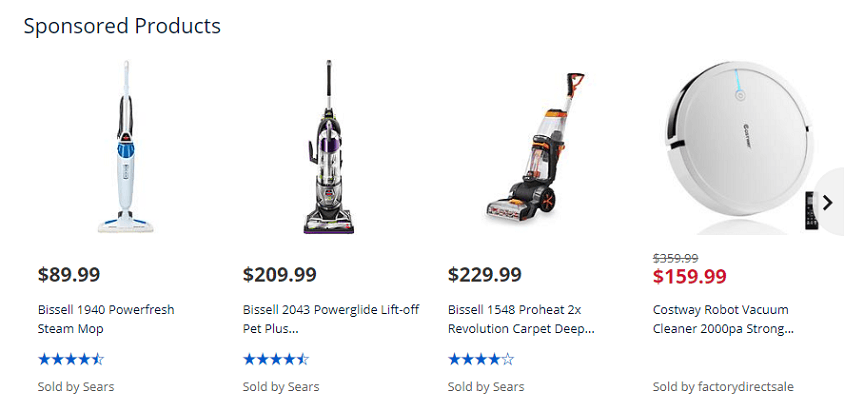How to sell online in 2020: 6 easy-to-follow steps
Not sure how to start selling your products online? Follow these six steps:

1. Choose what products to sell
Before you start selling online, you’ll need to establish business plan and decide what items you want to sell
You may already have an established retail location for selling offline. But if you’re just starting your business, take a look at our ideas of what to sell online in 2020.
What you sell online can make or break your business, so be sure to carefully consider your products and profit margins when deciding what to sell.
2. Decide where to sell online
After establishing your inventory, you’ll need to determine where to sell online.
Whether you sell on your own website or a top online marketplace, there are more options than ever for diversifying your selling channels in 2020.
Our guide outlines the pros and cons of selling on each platform, as well as your ecommerce site, so spend some time reviewing your options when deciding where to sell online.
If you need help determining which selling platform is best for your business, Tech Sailor can help. Connect with our ecommerce experts to learn more!
3. Build your online store
Next, you can start building your online store and listing products for sale.
If you decide to sell on your own website, you’ll want to pick a domain name that reflects your brand and is easy to remember. Platforms like Shopify make it easy to get your online shop up and running quickly. So, keep that in mind when setting up your online site — especially if you don’t have a lot of technical expertise.
Selling on your online store requires ongoing maintenance and optimization — and we recommend partnering with an ecommerce agency like Tech Sailor to get the best results.
4. Set up payment processing
To start selling online, you’ll need to set up payment processing.
You have numerous options for accepting online payments, whether you open a merchant account or use a payment processor like PayPal, Square, or Stripe.
Where you sell online will also impact the payment procession solution you choose. But no matter where you sell, you’ll want to enable secure online payments, so people feel comfortable shopping on your site and purchasing from your business.
For more info on choosing the best online payment system, check out this helpful guide.
5. Select shipping methods
Next, you need to identify the shipping methods and rates you’ll offer.
Depending on your country, you may have access to USPS, FedEx, Canada Post, Royal Mail, AU Post, or other carriers.
Free shipping entices customers to buy, but remember that you’ll need to absorb that cost.
Some online marketplaces — like Amazon — offer fulfillment and shipping options to help you sell more online.
So, be sure to consider all the options and rates available when determining where to sell online.
6. Promote your online business
Finally, you’ll need to market your online business, so people can easily find your site and purchase.
You can have the most beautify-designed site and world-class products, but without proper optimization and promotion, nobody will be able to find your ecommerce store or your profile on a top selling site.
Marketing can make or break your online sales, so be sure to invest in digital marketing services — like search engine optimization (SEO) and website maintenance — that set your site up for long-term success.
Looking for a digital marketing partner to take your online sales to new heights? Give Tech Sailor a call at 123-456-789 or contact us online to learn how our ecommerce solutions can grow your business.



















